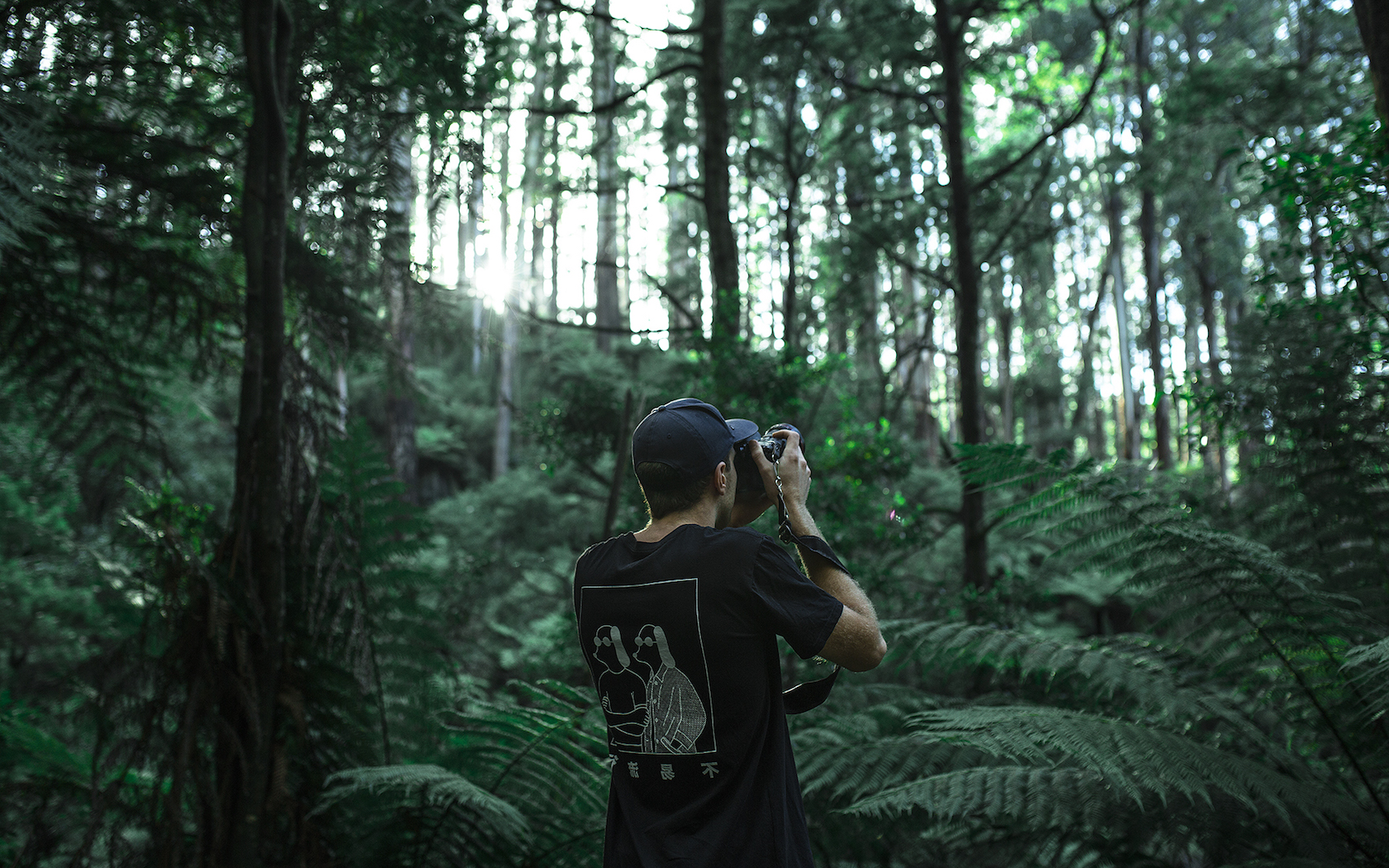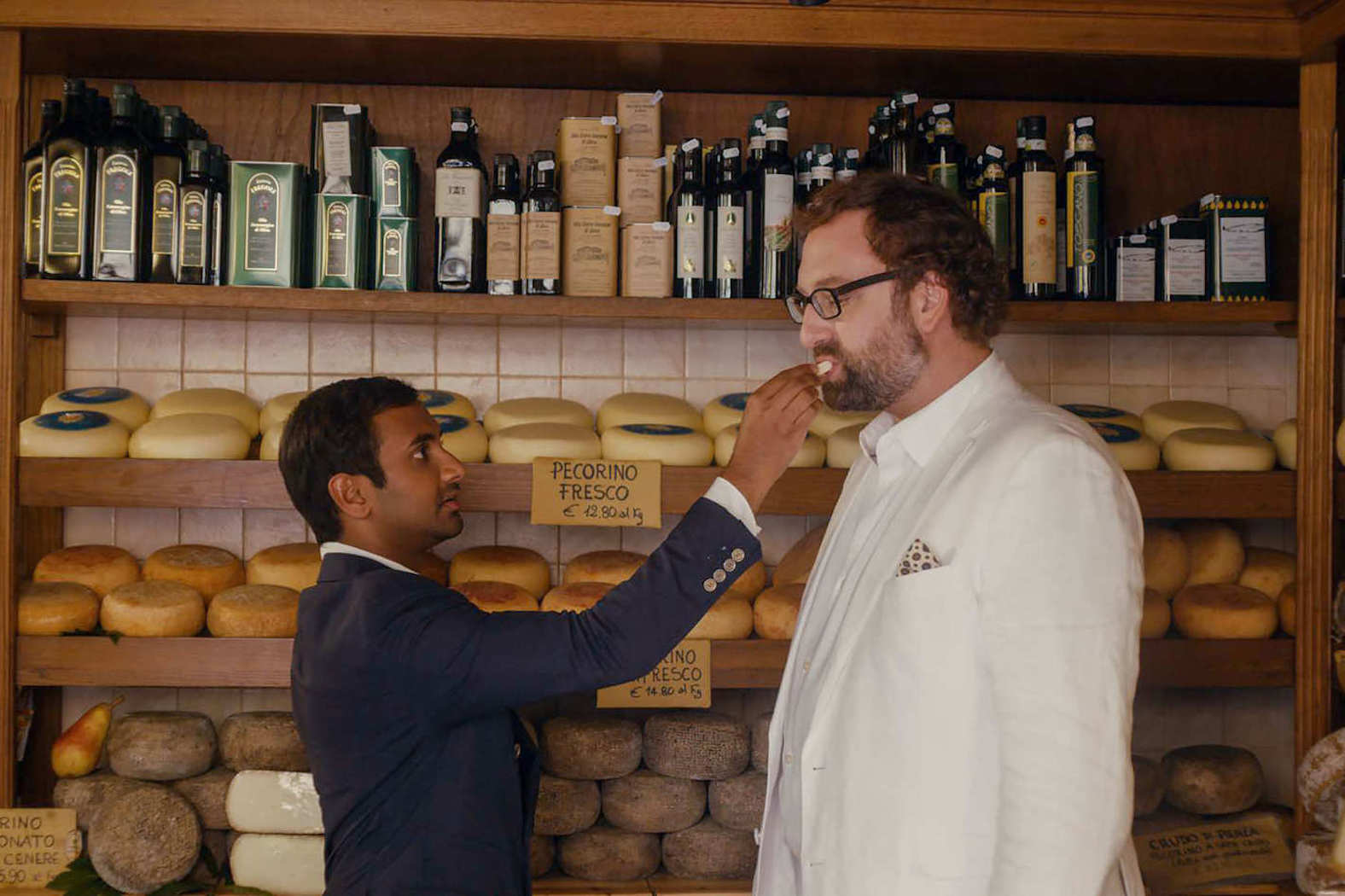How To Turn Your Travel Experiences Into Stories

Contiki Australia - www.contiki.com
www.awol.com.au
From the outside looking in, travel writers and storytellers are living the dream. Not only do they get to immerse themselves in places, cultures and societies far from their own on a regular basis, but they sometimes get paid for it, too. Tough gig.
The media landscape being what it is in 2017 means the barriers around telling stories from any part of the world are lower than ever before. Social media and new technologies facilitate sharing from all over the globe – when we’re travelling, we’re simultaneously close and far away from home.
But what does it really take to turn everything learned from your travels into a tale worthy of the ages (and for an audience that consists of more than just your mates)? We speak to four people who’ve made a career doing just that – here are their tips for getting your story heard.
#1 There are many ways to tell a story
These days, some of the most popular travel storytellers aren’t journalists, but people who are self-taught. Thanks in large part to social media, the new model for travel-inspired storytelling allows for a less traditional set of skills.
“I don’t write six-page articles, for the most part,” says Nathan McCallum, the driving force behind travel blog Bangarang and a 300K follower-strong Instagram account, @isnathan.
“A story for me can be a one minute video. That’s the beauty of social media; it’s not just a written thing – it’s videos, photos, music. As long as you’ve got a story to tell, there’s a medium for you.”
#2 Focus on a few key channels
While it’s important for storytelling to have a broad social media CV, Nathan recommends telling stories on the platforms that best suit your skill set. A visual person by nature, Nathan has accounts on a variety of social media platforms, but the ones he chooses to focus on are Tumblr (where his blog lives) and Instagram, where the new ‘Stories’ feature has allowed people to see behind-the-scenes stuff without having to go to a separate app.
“I feel it’s easier to tell a good story if you’re keeping it simple rather than trying to spread it across all of the platforms. It’s a lot easier for me to hone in on Instagram and Tumblr. I’ve got Facebook and Twitter, but in the end, I just tied it back to the ones that are best for me to tell a story with,” he says.
#3 It’s all about the transformation
Even the most inexperienced storytellers can write something wonderful if they understand that all stories will have a definite beginning, middle and an end, and will invariably involve some kind of transformation (or, to put it another way, a journey from A to B) throughout (#classichighschoolenglishclass). Oliver Mol, a Sydney-based writer who grew up between America and Australia, subscribes to this principle wholeheartedly but admits flexibility is key to a good story.
“A travel story could be anything from visiting the shops to even exploring a cupboard in your room,” he says. “Of course, I love traditional travel stories as well. I’m looking for the things that seem alien, because it’s more interesting. When we’re taken out of our comfort zone our heart rates rise and that’s a good thing.”
#4 Get personal
Oliver encourages storytellers to interrogate themselves when crafting a story out of travel. After all, the key to good writing is to write what you know, isn’t it?
“Ask yourself: what is the story really about?” he says. “People are looking to discover as much the feelings and emotions inside their own heads as the landscape around them.”
#5 People always make the best stories
Avoid describing vast landscapes and breathtaking mountains in detail; instead, find stories in what we all have in common – our humanity.
“A good story about people also tells a story about everything else like place and time and history and food and geography and language,” says Miranda Luby, a freelance travel writer.
“I mean, getting paid to eat and rate sandwiches is pretty sweet. But writing about that afternoon I spent drinking mint tea with my Moroccan guide’s 90-year-old nomadic mother in her Berber tent in the middle of the Sahara and hearing him translate stories of how she survives alone in the desert – that’s where the fun is at.”
Erin Stewart, a Melbourne born, now UK-based writer who writes frequently about life as an expat, also focuses on the human element for travel-inspired storytelling. “I have never regretted asking a question of a local while travelling, she says. “It’s really important to have conversations because it can contextualise your observations, because you can get another perspective, because dialogue adds colour to your writing, and because they probably know where all the best restaurants are.” Truth.
“I have never regretted asking a question of a local while travelling,” she says. “It’s really important to have conversations because it can contextualise your observations, because you can get another perspective, because dialogue adds colour to your writing, and because they probably know where all the best restaurants are.” Truth.
#6 Do you
If you make your story authentic and fill it with things you’re actually passionate about, it’ll show.
“Being real is the important thing, so you’re not just doing it for the sake of a story,” McCallum says. “Go with what you want to be doing rather than doing something that you think people want to see. That way, it has integrity and the passion flows through.”
#7 Put down the camera and look around
McCallum says that sometimes, especially when you’re travelling for work, the aspect of documentation can overwhelm the actual experience.
“You’re so busy caught up in getting the right photo that you end up working right through the moment, so rather than experiencing something, you’re spending all of your time documenting it to share with others,” he says. “That’s something that I really focus on now – actually making sure I’m enjoying it.”
#8 Climb the mountain
According to McCallum, good storytelling involves going out of your way to create a unique image or story.
“Don’t just go with the stereotypical tourist shot, because everyone’s taken that shot,” he says. “Go the extra step and climb the mountain. Get up at dawn. Do whatever it takes to get that stuff that other people haven’t necessarily got. There are also experiences to take with you. When you’re sitting there watching the sunrise and experiencing it firsthand, that’s a memory you’re going to have for the rest of your life. It’s something that takes a bit of extra work but it’s always going to give you more.”
#9 Find a hook
Whether it’s a listicle about the best sandwiches in a city or a personal essay detailing an Eastern European sojourn, the stories that are widely recognised are those with a clear point.
“No one can tell the story you want to tell better than you. Or at least, that’s what you need editors to think (fake it till you make it, baby),” says Luby. “Be unique, be timely and have a good hook. This is when writing about a fascinating character or one-off event, rather than just ‘things to do in Rome’ can really help. What story can you tell that no one else has? Why is this a good story right now? What’s the hook that means I just have to read on?”
—
Got a travel story to share? Head to Contiki’s Travel Project, which features stories from around the globe created by millennial storytellers like you.
www.awol.com.au



